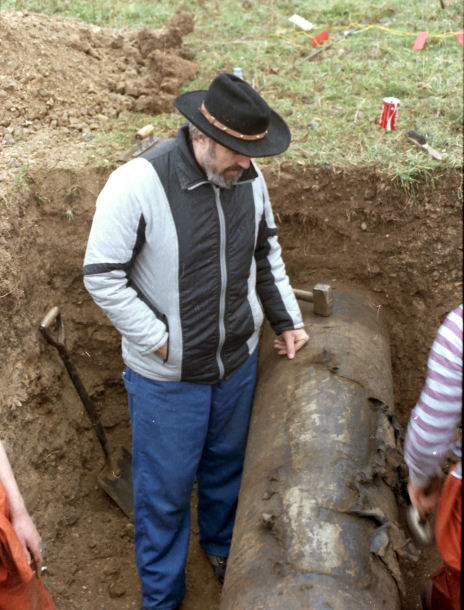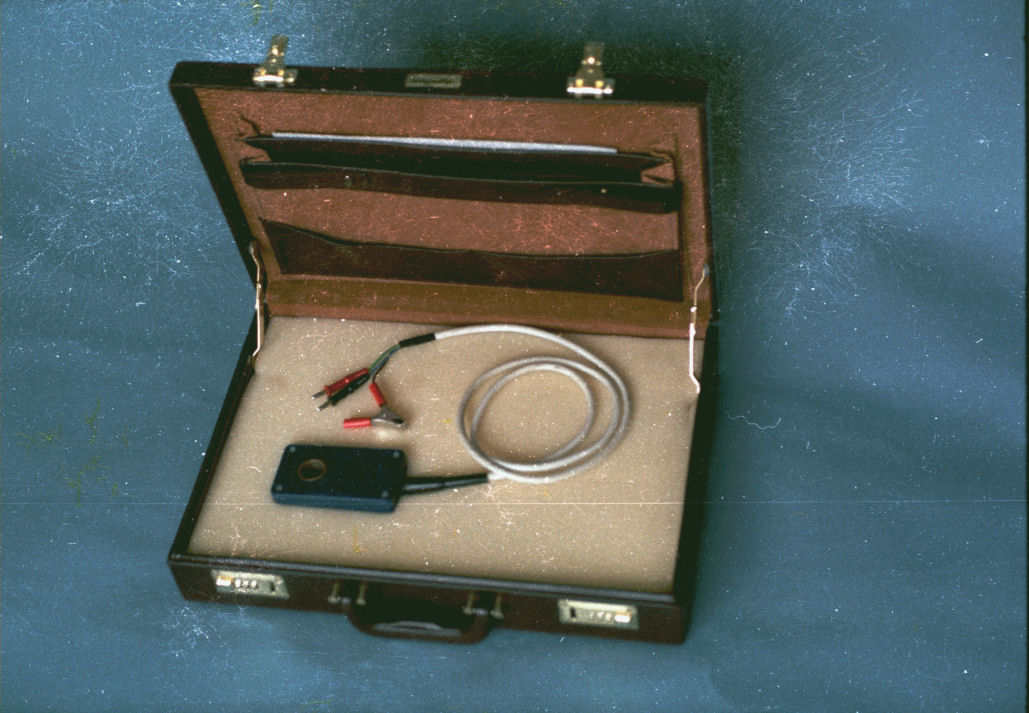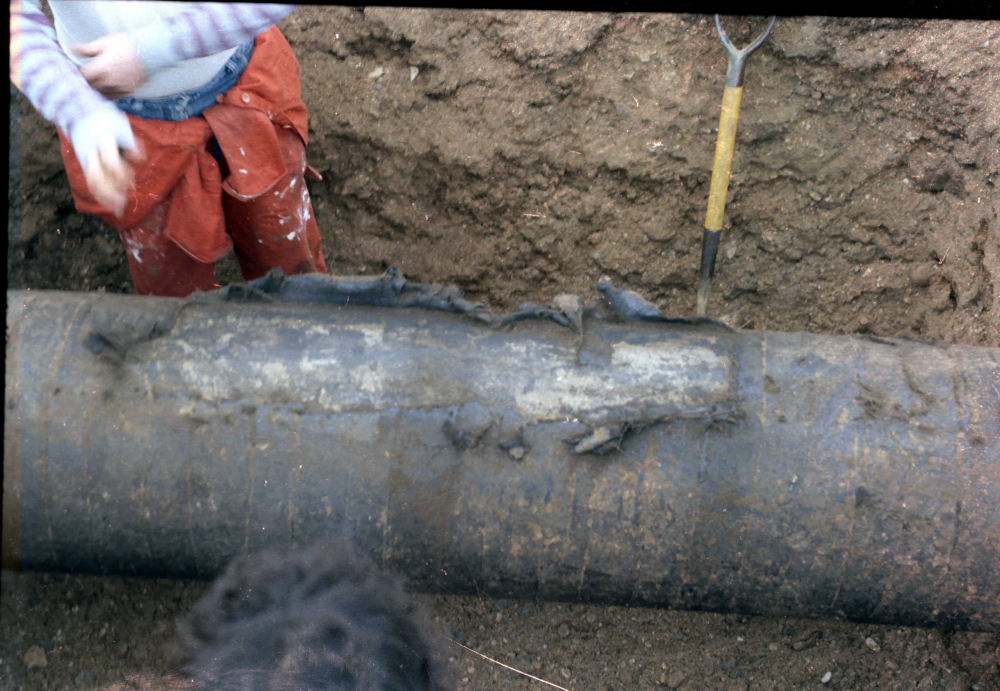Cathodic Protection Network
Case Study 2
When Atkins Inspection lost the contract to Global Cathodic Protection of Telford, I was retained on the survey at the request of North Thames Gas. I had a written agreement with Global the I retained the rights to the intellectual property that I had developed before my employment by them.
I continued my work on the OLI4 project but was used mainly to identify specific locations that had been chosen for excavation by Mike Foskett and Bob Greenwood of ERS.
OLI4 required that the pipeline route was marked using Pearson style equipment manufactured by Simtec of Hinkley. I devised a method to produce a hard copy record of the Pearson Survey, and this is mentioned in a Gas Council report (but I am not named) This method has never been fully described or revealed and is part of the Intellectual Property of the Cathodic Protection Network.
The CIPS graph was produced to indicate areas where corrosion was suspected by measuring the reduction in the voltage taken between the pipeline metal and the point at which the copper/copper-sulphate electrode touched the ground.

Mike Foskett allowed me to use the Alexander Cell and my own two half-cell procedure (later named DCVG by Dr John Leeds of APRT Ltd.) at well over 100 excavations. It was often the case that the OLI4 procedure could not detect the exact position of the coating fault.

After a while Fred, the foreman in charge of the actual digging, used to call for me before he even started to dig as he drew so many blanks and then had to extend the excavation on my directions. This was the first time that CIPS had ever been augmented by DCVG. This was confirmed by litigation bought by an American company who unsuccessfuly claimed the Intellectual Property rights.
 This picture shows a typical excavation at which the Simtec screamed and the 'pipe-to-soil' voltages were -0.750v on and -0.600v off
This picture shows a typical excavation at which the Simtec screamed and the 'pipe-to-soil' voltages were -0.750v on and -0.600v off
The back-fill was not particularly particularly passive as the Alexander Cell showed a corrosion current of about 10 micro-amps which swung to a protective current of about 15 micro-amps when connected to the pipeline.
You can see that there is a considerable area of bare steel where the coating had been mechanically damaged, probably during construction some years before. there were no signs of corrosion whatsoever.
The Alexander Cell had a 97% success rate in predicting the condition of the pipeline metal before excavation. The three cases in doubt had insignificant corrosion to be measured or assessed.
Details of the techniques that I used during these investigations can be acquired during Cathodic Protection Network Training Course.


